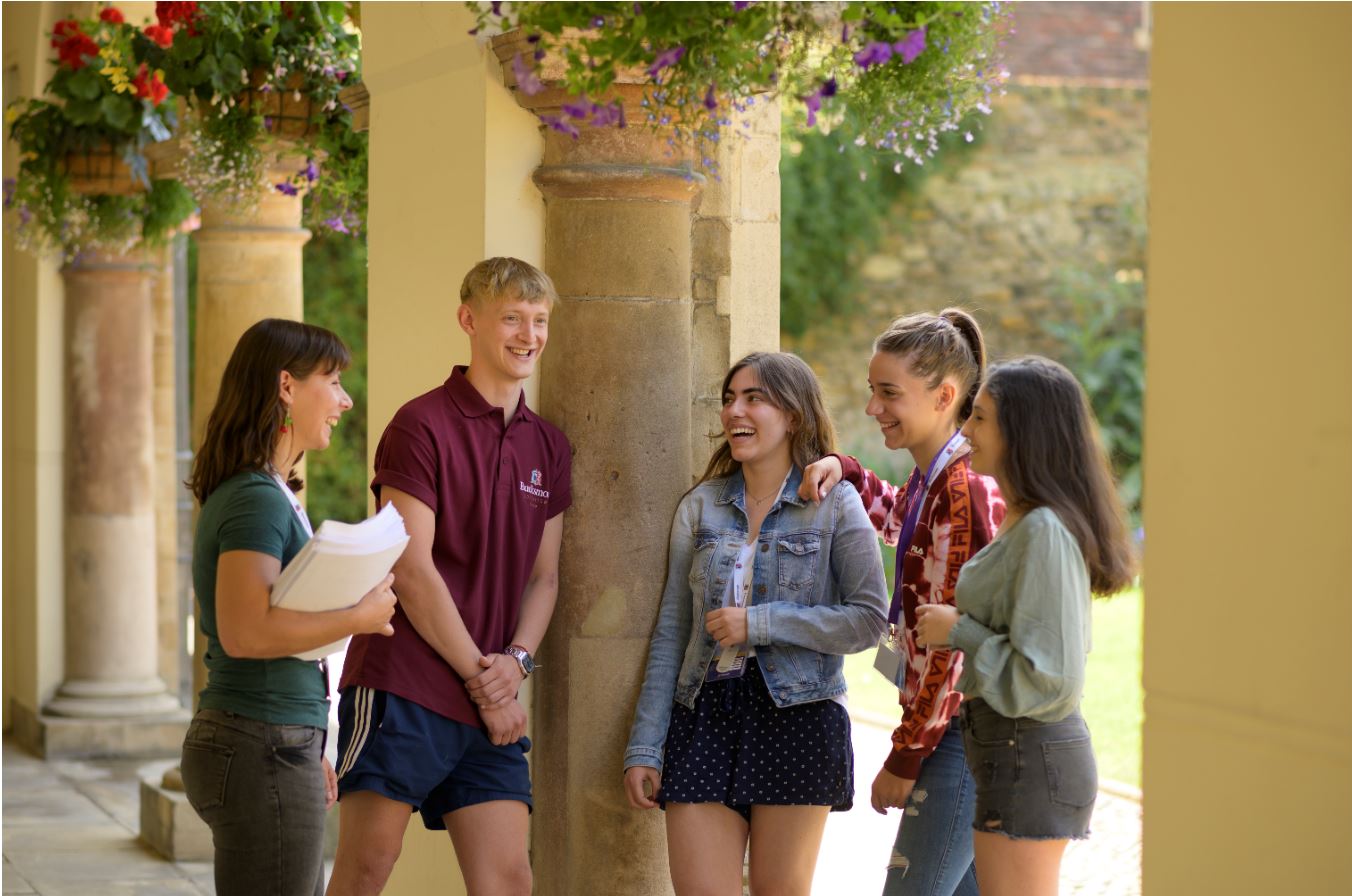Adelaide Casely Hayford – A Sierra Leonean Woman Writer And Cultural Nationalist Living Ahead Of Us

Adelaide Casely Hayford, née Smith was born on June 27, 1868 in Freetown, Sierra Leone, to a Gold Coast mulatto father of English and Fanti heritage and a Krio mother related to the Easmon family in Sierra Leone.
The young Adelaide spent most of her childhood and adolescence in England where her father had retired in 1872. In England, she attended the Jersey Ladies College, and at the age of seventeen proceeded to Stuttgart, Germany to study music at the Stuttgart Conservatory.
Adelaide and her sisters returned to Sierra Leone after twenty-five years abroad. In Freetown she became a strong advocate for cultural nationalism as well as an educationist, and an ardent feminist. Her determination to ensure that Sierra Leoneans preserve their national identity and cultural heritage caused her in 1925 to attend a reception in honour of the Prince of Wales in traditional African costume. This caused quite a sensation then. She had also become a short story writer.
After spending a few years in Freetown, she returned to England where, together with her sister, she opened a boarding home for African bachelors. During this period she married J. E. Casely Hayford, a Gold Coast barrister, author and politician, who was an active advocate of Pan-Africanism and cultural nationalism. It is probable that her marriage to J. E. Casely Hayford gave her a deeper insight into African culture and may have influenced her transformation into a cultural nationalist.
Inspired by the ideas of racial pride and co-operation advanced by Marcus Garvey’s Universal Negro Improvement Association (UNIA), she joined the Ladies Division of the Freetown Branch on her return and became its President. She resigned from the Association however, in June, 1920 because of a conflict of interest between the UNIA and the proposed Girls’ Vocational School she intended to establish. The same year, she travelled to the United States to study Afro-American educational programmes for industrial education and to raise funds for the proposed Girls’ Vocational School. In the United States, proudly attired in African costume, she gave public lectures aimed at correcting the misguided American notions about Africa There she came to know more than any other African of her day the most notable Afro-Americans from W.E. B..Du Bois to Paul Robeson and Mrs Booker T. Washington. .
On returning back to Freetown, Adelaide embarked on her project of establishing a vocational institution which would “awaken in pupils love of the country, pride of race, an enthusiasm for the blackman’s capabilities and genuine admiration for Africa’s wonderful artwork”. In October 1923, The Girls’ Vocational School opened in the Smith Family home at Gloucester Street, opposite the Post Office, with fourteen pupils. As Principal, she would have preferred the pupils wearing native dress to school, but this idea was rejected by the community. However, on African’s Day, which was held once every quarter, the pupils dressed in African costumes and studied African history, folklore, songs and artwork, and played African games and danced traditional dances. She headed the school till she retired in 1940, and the school was forced to close down.
A gifted public speaker, Adelaide advocated that Congress Day, the day marking the founding of the National Congress of British West Africa, like Empire Day, ought to be observed as a public holiday, and she canvassed mothers to explain the significance of the day to their children. She recognised the immediate need for a national University and called for the establishment of a professorship in the major African languages. Of especial significance was the emphasis she placed on arts and crafts as Africa’s unique contribution to world culture.
Despite Adelaide’s opposition to the injustices of the colonial system and her strong advocacy of cultural nationalism, the British authorities had sufficient respect for her to award her the King’s Silver Jubilee Medal in 1935, and the M.B.E. in 1950. She spent the final years of her life writing her memoirs and short stories. Her memoirs were published in West Africa Review during 1953 and 1954.
She died in January 1960, at the ripe age of 91 leaving behind her a legacy of cultural awareness which all Sierra Leoneans as well as Africans if not pan-Africans should emulate. Her long life spanning the reign of two British monarchs, Queen Victoria to Queen Elizabeth made her experience the stimulations of change that affect her both as a woman and as an African. One of her most enduring legacies is her daughter, Gladys Casely Hayford who though she pre-deceased her mother has a lasting place in the history of Sierra Leone Literature, for her pioneering poetry some of which were written in Krio, a language that was to grow in literary as well as linguistic importance..
References:
An African Victorian Feminist; the Life and Times of Adelaide Smith Casely Hayford, 1868-1960
West African Narrative: An Anthology for Schools compiled and edited by Paul Edwards







